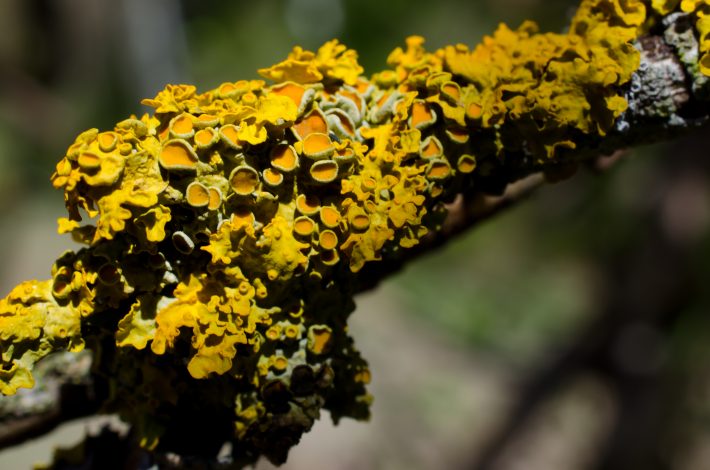We need to talk about Nitrogen
Plantlife’s report on nitrogen deposition highlights scale of challenge

While climate change and carbon emissions are widely recognised environmental problems, fewer people are aware of the issue of nitrogen deposition. Today, Plantlife and Plant Link UK have released a new report drawing attention to this issue.
What is the source of nitrogen deposition?
Burning fossil fuels and some intensive farming activities lead to the buildup of pools of reactive nitrogen in the atmosphere. This nitrogen is then being deposited onto soils and water, resulting in a range of negative impacts, including declining biodiversity, and acidification of habitats. Humanity’s dependence on fossil fuels has been mirrored by its dependence on nitrogen-based fertilisers to increase crop yields. A coordinated and integrated approach to tackling carbon and nitrogen emissions is needed, as previously highlighted by a recent POSTnote and the European Nitrogen Assessment.
In the UK, the two main sources of atmospheric nitrogen pollutants are nitrogen oxides and ammonia. Nitrogen oxides result from the burning of fossil fuels, in both power stations and motor vehicles, while ammonia is mainly emitted from agriculture. In urban areas of the UK, nitrogen oxides tend to be the main cause of nitrogen deposition, whereas in rural areas ammonia tends to dominate. Overall, 63% of the UK’s most sensitive wildlife habitats are affected by excessive nitrogen deposition. In England alone, this figure rises to a remarkable 96%.
What are the impacts of nitrogen deposition?
There is clear evidence for the negative impact of high levels of nitrogen deposition on ecosystems. Significant effects include species loss, changes in soil chemistry and habitat degradation, which are the result of eutrophication (excessive nutrient enrichment, leading to biodiversity loss), acidification or direct damage through toxicity. When excessive nutrients enter the soil, slower growing species adapted to low-nutrient conditions tend to decline, resulting in reduced species richness. Early evidence suggests that these habitat changes may have an impact on other groups, such as insects and birds.
Nitrogen deposition is a complex problem and requires a coordinated response across several policy areas. By integrating approaches across areas such as agriculture, transport, energy, climate change, water quality and public health, the most effective solutions can be identified to drive emissions reductions. Existing policy commitments to preserve biodiversity and reduce air pollution provide impetus for the UK to address nitrogen oxide levels. In contrast, there no regulatory mechanisms in place in the UK to restrict agricultural ammonia emission sources, with the exception of large intensive pig and poultry units. The replacement of Common Agricultural Policy post-Brexit may offer an opportunity to address this gap in regulation.
Dr Trevor Dines from Plantlife stated “it is now vital that landowners, industry and politicians come together to urgently address this mounting problem. The very fabric of our countryside is changing under this rain of nitrogen and if the damage continues it will harm the ability of our most precious wildflower habitats to cope with other pressures such as climate change.”
What needs to happen next?
Plantlife’s workshop on 19 January, organised in collaboration with British Ecological Society, Plants Soils and Ecosystems Special Interest Group focused on identifying the necessary policy drivers and mechanisms to tackle the impacts of atmospheric nitrogen deposition on plants and ecosystems. The results of this workshop will form the basis of future outputs targeting the reduction in nitrogen deposition levels across the UK, be that through on-site restoration and / or mitigation measures to reduce the impact of past or present deposition, and through policies to effect international and national action to reduce long-range deposition.
Read the full ‘we need to talk about Nitrogen’ report here.
Like what we stand for?
Support our mission and help develop the next generation of ecologists by donating to the British Ecological Society.